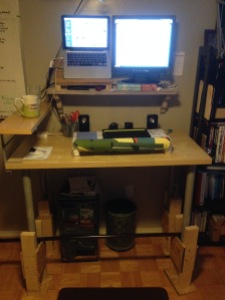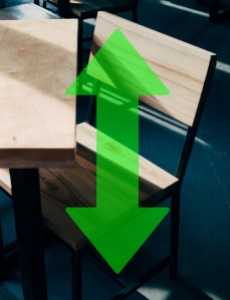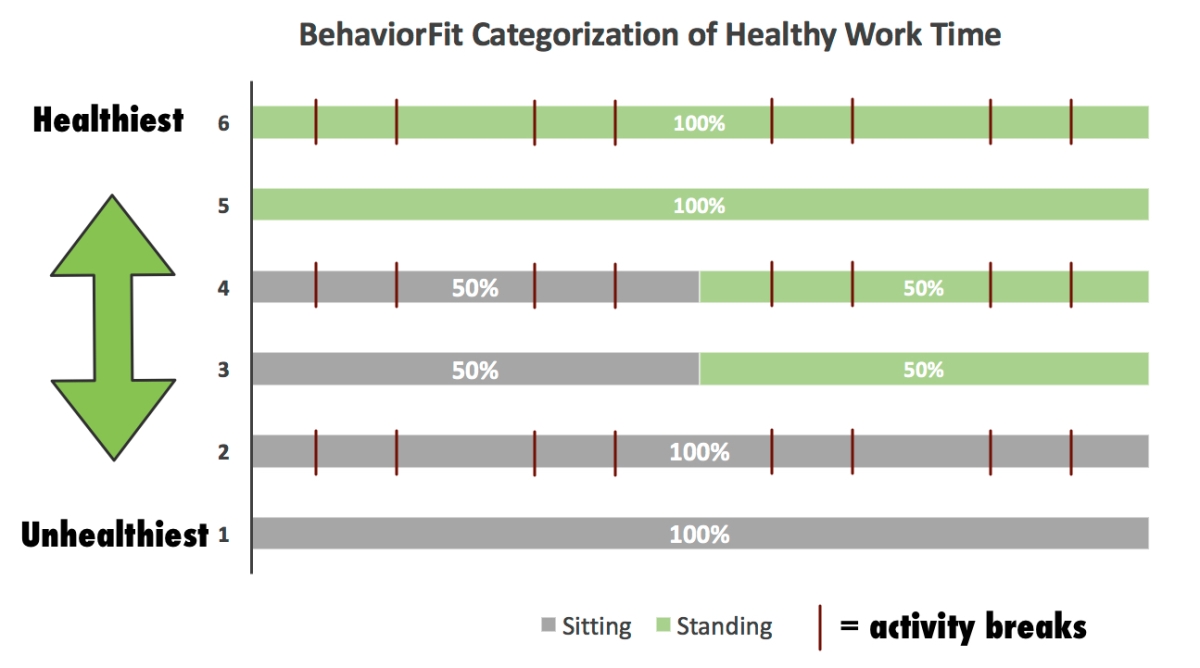[fusion_builder_container hundred_percent=”no” equal_height_columns=”no” menu_anchor=”” hide_on_mobile=”small-visibility,medium-visibility,large-visibility” class=”” id=”” background_color=”” background_image=”” background_position=”center center” background_repeat=”no-repeat” fade=”no” background_parallax=”none” parallax_speed=”0.3″ video_mp4=”” video_webm=”” video_ogv=”” video_url=”” video_aspect_ratio=”16:9″ video_loop=”yes” video_mute=”yes” overlay_color=”” video_preview_image=”” border_size=”” border_color=”” border_style=”solid” padding_top=”” padding_bottom=”” padding_left=”” padding_right=””][fusion_builder_row][fusion_builder_column type=”1_1″ layout=”1_1″ background_position=”left top” background_color=”” border_size=”” border_color=”” border_style=”solid” border_position=”all” spacing=”yes” background_image=”” background_repeat=”no-repeat” padding_top=”” padding_right=”” padding_bottom=”” padding_left=”” margin_top=”0px” margin_bottom=”0px” class=”” id=”” animation_type=”” animation_speed=”0.3″ animation_direction=”left” hide_on_mobile=”small-visibility,medium-visibility,large-visibility” center_content=”no” last=”no” min_height=”” hover_type=”none” link=””][fusion_text columns=”” column_min_width=”” column_spacing=”” rule_style=”default” rule_size=”” rule_color=”” hide_on_mobile=”small-visibility,medium-visibility,large-visibility” class=”” id=””]
That’s right, Step away from the standing desk…
It’s a new year! It’s a new you! Maybe you are thinking about a resolution related to physical activity? I sure hope so!
The latest research shown us that too much sitting in the workplace or elsewhere is bad for our health (I have previously discussed the topic here: Exercise Isn’t Everything). A common way to combat large amounts of sitting during our day jobs is to use a standing desk. You can make your own using your own furniture for under $20 or you can spend $1,000’s, that’s right, I said thousands of dollars on a desk that does the same job.

With the uproar and scare of too much sitting, there is a very important point left missing from these news articles. When I first learned about the dangers of too much sitting, I became a good rule-follower myself, and hopped right out of my chair chanting: Sitting, BAD, Standing, GOOD. It was a great start, but not the whole story…
We read or hear statements like “I sit an hour less each day after switching to a standing desk.” Recent guidelines have even shown us that we need to reduce our sitting by 2 hours each day. What is routinely missing from standing desk articles is the focus on our body’s constant need for movement. In this case, I say “need” for those of us interested in staying or getting healthy. And, our bodies have evolved and adapted to move. So, the body’s need for physical activity is not fulfilled by simply buying a standing desk…
You have your standing work area. Check. You are using the desk. Check. You have set it up so that your workspace is ergonomically sound. Check. But, do you leave your desk? I get excited when buying a new piece of furniture or making a home improvement just like the next person. But, we must first know one thing:
Standing more is only half the battle, walking around and leaving your desk is just as important.
If news outlets and researchers are recommending us to stand more often, we also need to acknowledge the risks associated with a different behavior (standing more) we are asked to do. Earlier I mentioned how sitting too much is bad for us, but what about too much standing? Well, previous research has shown that there are risks associated with too much standing such as: discomfort in feet, low back pain, varicose veins, and muscle fatigue.

So, we come to a crossroads. If we stand too much, it’s bad. If we sit too much, it’s worse. There must be a balance between sitting, standing, and overall moving time. Some researchers even propose that we find the balance between the two, yet the science has yet to figure those percentages out (Ref: Laperriere 2006).
Not only is it important to move if you have a standing job (factory line worker, cashier, hairdresser), but, if you have a sitting job it is important to get up regularly too! One study looked at this issue to study what happens to the body even when people exercise the same amount of time.
The neat thing is that the study compared two different groups of people, the “couch potatoes” and the “breakers”. A “couch potato” is the person that runs in the morning for 30-60 minutes, then goes to work and plops down in a comfy chair for 8 hours only moving to go the bathroom, eat, and snack occasionally. The “breaker” is the person that runs the same 30-60 minutes in the morning but gets up regularly throughout the day.

Think of the Nervous Nellie or the person that fidgets and can’t sit still. That person is “the breaker.” The study found that the breakers had a lower waistline, a lower body mass index (bmi), and better blood readings (related to glucose and insulin).
So, even if two people exercise the same amount (and during similar activities; running), what matters even more is how that person spends the rest of their day. Do they spend their time continuously sitting for long periods? Or are they getting up and around a lot? (Ref: Dunstan et al., 2012)
With the evidence building on the importance of exercise, reducing sitting time, and moving regularly, we can begin to classify work days from unhealthiest to healthiest. Given how much each of sit, stand, and move throughout the day, a spectrum of work activity may look something like this:

(Disclaimer: This chart is not a substitute for professional medical advice)
In the above chart, people in
- Group 1 – Sit all day and don’t move
- Group 2 – Sit all day, but get up and move about periodically
- Group 3 – Spend 1/2 work day sitting and the other 1/2 standing, but not moving often
- Group 4 – Spend 1/2 work day sitting and the other 1/2 standing, but move often
- Group 5 – Spend all day standing, but often stand in same place still
- Group 6 – Spend all day standing, but walk around often
This article touched on the risks of being in Group 5 (standing all day poses health risks too). Generally speaking, being up and moving is better than sitting down all day. Of course as one becomes more active he/she will encounter new aches and pains (sore legs and feet). Yes, increasing different and new types of physical activity will have its sometimes painful consequences.

If we lay out healthy behaviors like in the chart above, we can start looking at which category we are in, assess our own physical activity regimen, and plan out what it will take to improve our own physical activity throughout the day. Here are potential solutions for each group:
Group 1: Program brief walking breaks. Set a timer for 30 minutes, walk around 1-2 minutes (And get up when it goes off!!!)
Group 2: You may be active, but do you take enough breaks spread throughout the day? How can you allow breaks to occur every 45 minutes instead of every 90?

Group 3: We will call you the sitting and standing couch potato. Just like Group 1, set timers, or even rearrange your schedule to allow for “natural” breaks to occur (a natural break may be you start sitting only 30 minutes before a meeting in another building)
Group 4: Current research points that this is probably one of the healthier groups to be in. Can you track your %’s so that they are close to 50/50? Or more towards 60/40 favoring standing?
Group 5: The heart of this article. Group 1’s solution as goes here, every couple minutes make sure to move the legs by walking or even squatting
Group 6: Are there certain positions (neck at funky angle, low back getting fatigued) to worry about when standing for long period of time? If so, use your regular break to stretch and “undo” certain posture (example: Try Tip 9: The Champion’s Stretch)
What is the behavioral focus?
Research has shown the importance of transition of transitioning from sedentary to active lifestyles. The behavioral focus is: Increasing the number of transitions away from our office.
How do get there? Again, the use of antecedents are a great start, but consequences will guide our initial actions into permanent habits. How can you make the walking break enjoyable? Get fresh air? Say Hi to a friend? Whatever works for you, go for it!
In this article, the problem with standing too long was discussed. The desk is not the problem. It is what we do when are at the desk, that is the problem: Standing still and not moving. What are we to do? Well, for those owning a standing desk, STEP AWAY FROM THE STANDING DESK! You might have even seen a treadmill or cycling desk. These are great solutions for getting us moving too! But for those of us with standing workstations or upright jobs, we can not forget to move about. It’s good for us!
—Keep moving my friends
References:
[/fusion_text][/fusion_builder_column][/fusion_builder_row][/fusion_builder_container]



Pingback: Health Missing at Work? 4 Tips for You or Your Organization – BehaviorFit
Pingback: Health Missing at Work? 4 Tips for You or Your Organization – BehaviorFit
Pingback: Health Missing at Work? 4 Tips for You or Your Organization | BehaviorFit
Pingback: How I Used The Apple Watch For Fitness: What I Liked, and What I Would Fix | BehaviorFit
Pingback: How I Used The Apple Watch For Fitness: What I Liked, and What I Would Fix | BehaviorFit | Health, Fitness, and Applied Behavior Analysis
Pingback: Health Missing at Work? 4 Tips for You or Your Organization | BehaviorFit | Health, Fitness, and Applied Behavior Analysis
Pingback: BehaviorFit's First 42 Blogs: The Ultimate List | BehaviorFit | Health, Fitness, and Applied Behavior Analysis